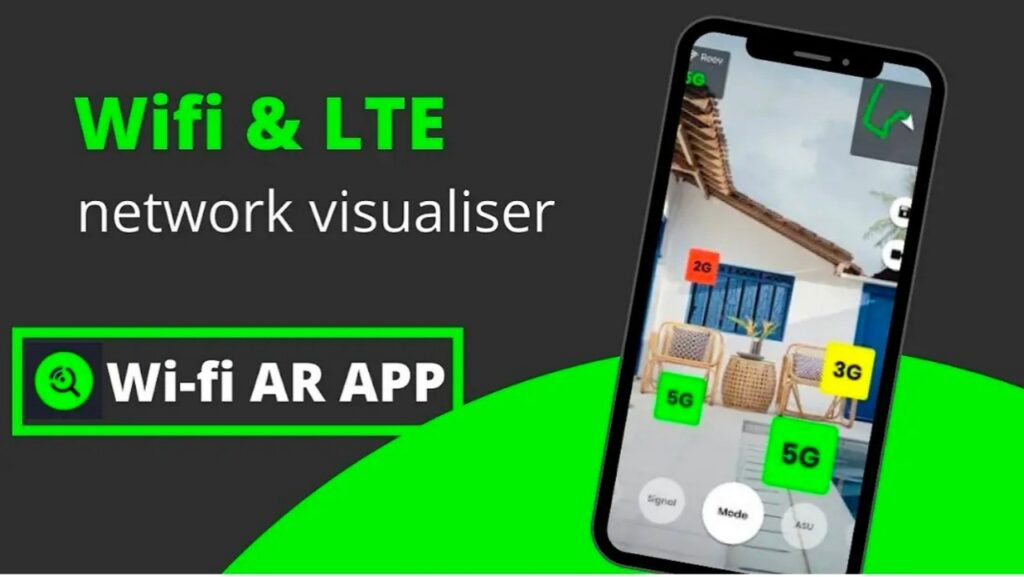Wifi AR App – Download
In the ever-evolving landscape of technology, augmented reality (AR) has emerged as a revolutionary tool, blurring the lines between the digital and physical worlds. With the advent of WiFi-enabled AR apps, users can now experience a seamless integration of virtual elements into their surroundings, unlocking a myriad of possibilities for entertainment, education, and practical applications.

Understanding WiFi AR Apps
WiFi AR apps leverage the power of WiFi networks to accurately determine the user’s location in real-time. Unlike GPS-based AR, which relies on satellite signals and can be less precise in indoor environments or urban canyons, WiFi AR offers enhanced accuracy and stability, making it ideal for indoor navigation, interactive experiences, and location-based services.

Applications of WiFi AR
- Indoor Navigation: One of the most compelling use cases of WiFi AR is indoor navigation. Whether navigating through a bustling airport, a sprawling shopping mall, or a large museum, WiFi AR apps can provide users with turn-by-turn directions, points of interest, and contextual information, enhancing the overall navigation experience.
- Retail and Marketing: Retailers are harnessing the power of WiFi AR to create immersive shopping experiences. By overlaying product information, reviews, and promotions onto physical items, retailers can engage customers in a whole new way, driving sales and brand loyalty.
- Education and Training: WiFi AR has tremendous potential in the field of education and training. From interactive museum exhibits to virtual laboratory simulations, educators can leverage WiFi AR to create immersive learning experiences that cater to different learning styles and foster deeper engagement.
- Gaming and Entertainment: Gaming has always been at the forefront of AR innovation, and WiFi AR is no exception. By incorporating real-world locations and WiFi signals into gameplay, developers can create immersive gaming experiences that blur the lines between the virtual and physical worlds, encouraging exploration and social interaction.
Challenges and Considerations
While WiFi AR holds immense promise, it also presents several challenges and considerations. Privacy concerns, such as the collection and use of location data, must be carefully addressed to ensure user trust and compliance with regulations such as GDPR. Additionally, ensuring interoperability and compatibility across different WiFi networks and devices is essential for widespread adoption and seamless user experiences.
The Future of WiFi AR
As WiFi technology continues to evolve and become more ubiquitous, the future of WiFi AR looks promising. With advancements in machine learning, computer vision, and sensor technologies, WiFi AR apps will become even more sophisticated, offering users unparalleled levels of immersion and interactivity. From smart cities to connected workplaces, WiFi AR has the potential to revolutionize how we interact with the world around us, unlocking new opportunities for innovation and exploration.
Conclusion
WiFi AR represents a convergence of cutting-edge technologies that have the power to transform how we perceive and interact with our environment. From enhancing navigation and retail experiences to revolutionizing education and gaming, WiFi AR apps are poised to redefine the way we engage with the world around us. As technology continues to evolve, the possibilities for WiFi AR are limitless, ushering in a new era of augmented reality experiences that promise to reshape our reality in profound ways.











